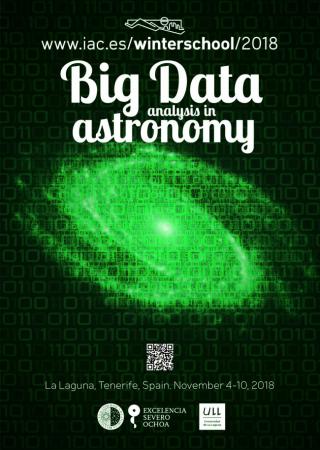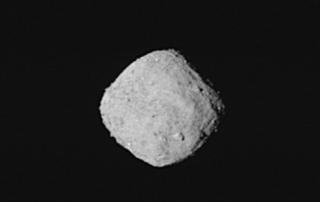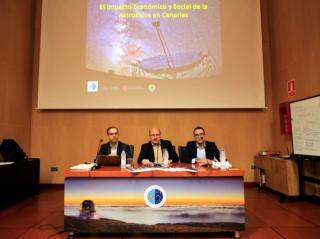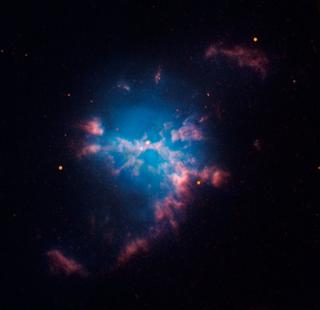
This annual meeting for young researchers- doctoral students and postdocs- will be dedicated to the analysis of big data bases in Astronomy. It is taking place from November 5th to 10th in the assembly hall of the general lecture theatre building on the Guajara Campus of the University of La Laguna.
Advertised on




